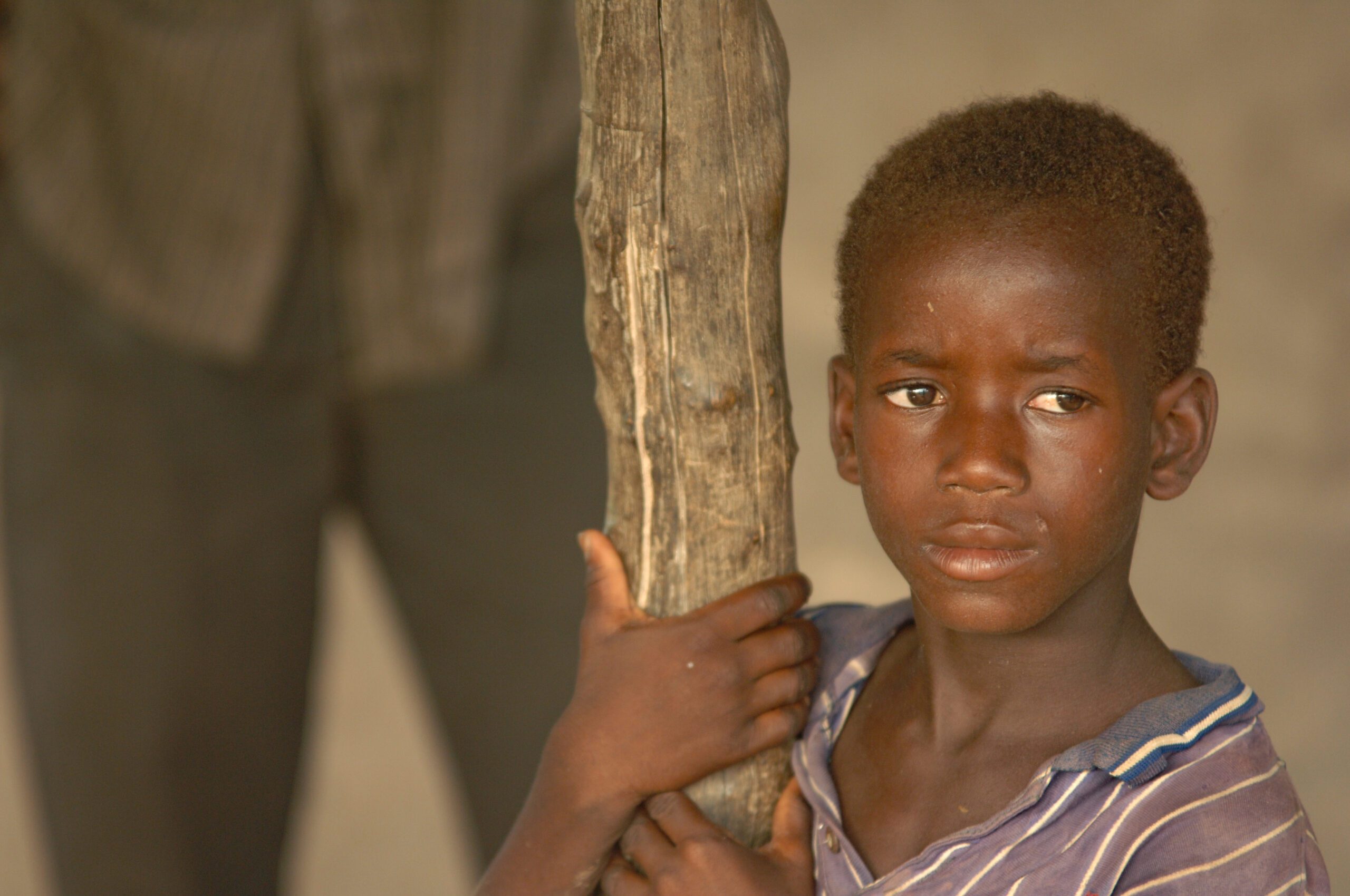A young boy in the village of Konadouga, Burkina Faso, whose native language is Senara and the formal language taught in French. This is just a mile from the Ivory Coast border where rebels had been fighting.
Photographers, for the most part, are some of the most compassionate people you will ever meet. They want to help organizations they encounter but often find most of their photos never seeing the light of day.
I am often getting emails from photographers returning from overseas and having a collection of photos they want to share. They want to get the stories in front of people.
A typical email will look something like this:
“I would like to ask for your advice. I want to send the photos to different magazines and newspapers with the hope that the photos will help generate interest and donations for the organizations I cover. How should I approach these media outlets?”
Here is my advice for anyone wanting to do humanitarian photography and want to help those organizations by getting their work published.
Remember throughout that your purpose is to connect the audience to the subjects. If you forget one of these, you will be unsuccessful at any time. Why should your audience care? Why do the issues need their story told?
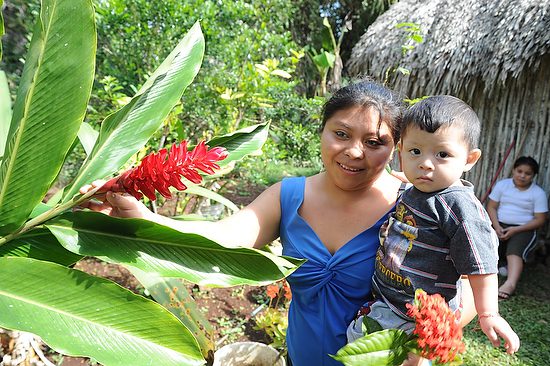
Before your go
For many reasons, the time to connect with media outlets is before you go and not after. The primary reason is that had the media outlet known you would be doing the coverage; they could have given you the valuable direction that would increase the chances of being published.
If you can write or do videos as well, then be sure and offer these skills as part of the package. I know many humanitarian photographers who provide some of these skills to their clients:
- Twitter feeds while on the field
- Blog posts when they return for the client
- Multimedia package
- Audio recordings for the web
An editor often directs you to cover a certain angle that would appeal to their audience. If you are interested in the organization, you do what you can to get the organization in front of the audience.
The story will change before you even go if you take the time to reach out to as many media outlets as possible. They may also have an account for you to cover while you are there.
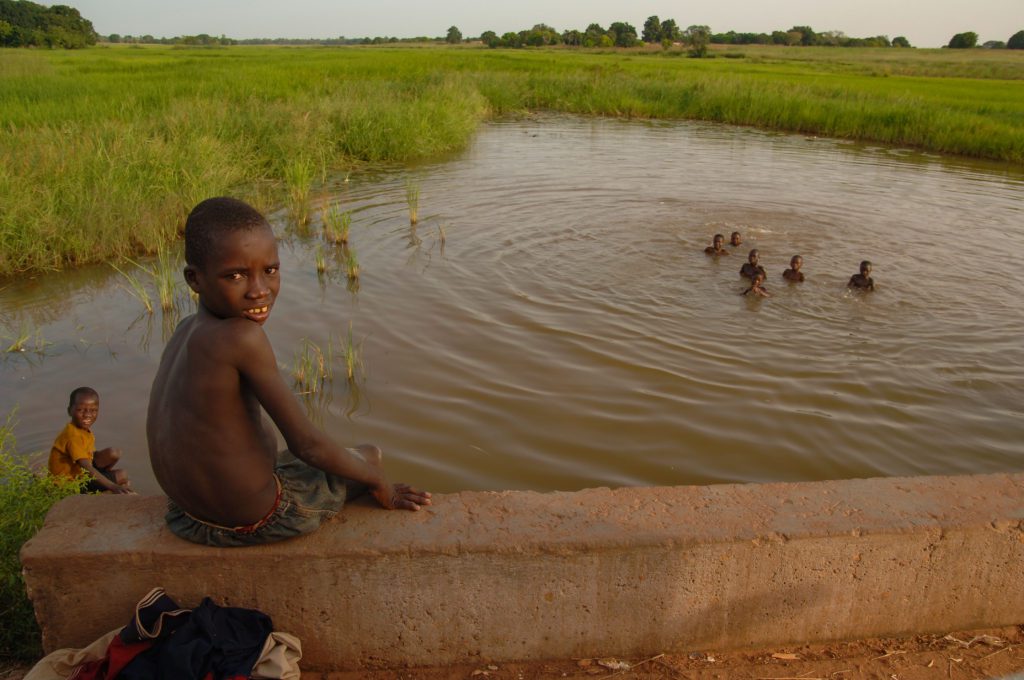
While you are there
It is rare that I have ever been on an overseas trip that the story we thought we would do doesn’t change after arriving. In some form, they will tell you that you just missed it or it didn’t happen while you were here. This doesn’t matter if you did all your research to perfection. Often people heard something different than what you said, or they didn’t want to risk telling you the truth and you not coming to help them.
Be sure you get the names of people in the photos, the places you were when you took the images, and a good description of what is going on that isn’t always understood when looking at the picture.
Types of photos
Everyone smiling and looking at the camera are snapshots and memory joggers. For the most part, this is not what the media is looking for at all.
I have written about the three types of photos: 1) “Literal” Snapshots, 2) “Artistic” Snapshots, and 3) “Expressive” images that are taken for others and not yourself. For more about those three styles, you can read this earlier blog post:
Visual Storytelling: Three Stages of Composition
Feb 27, 2011
We all start with the literal snapshot and often revisit this stage of photography. These literal snapshots are primarily taken for the photographer. These photos are “memory joggers.” They help you remember the moment.
Here are some significant mistakes photographers make while doing “humanitarian photography.”
I wrote about them before, but I think this warrants repeating here again.
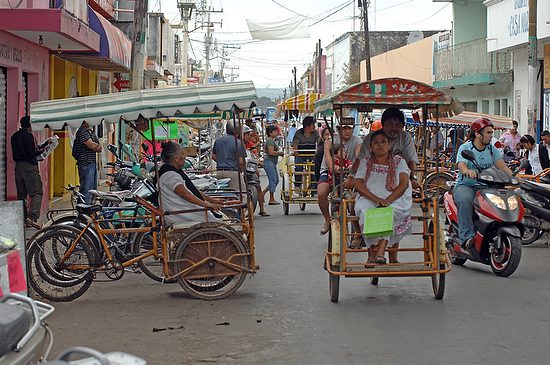
Some clues that you have crossed the line into narcissism:
- When asked why you are doing the photography, you are motivated to have a good experience.
- When your conversation is all about the gear, you are using. This is an indication of self-indulgence.
- When evaluating a trip, you have that country stamped on your passport.
- When you cannot tell the stories of the people, you just met on the trip.
- When you cannot explain how your photos are helping further the work of the people in the pictures.
- When you are taking people’s pictures and rarely have ever asked permission or care to request permission.
- When you ask people to look at your pictures.
- When you evaluate the photos based on how artistic they are for your taste.
- When you are pushing all the time to go with teams on trips.
- Have a mentor and ask how well you are doing.
You need to pause and be sure the reasons you are doing the coverage are for the people that need the help. The more you serve them, the more rewarding it is than serving yourself.

How to keep a healthy ego
- You know your purpose for photographing on a trip.
- You know the subject well.
- You have taken the time to get to know the people you photograph.
- You are asking permission to photograph people.
- You always have in mind your audience when taking photos.
- You have people calling you to be involved in their projects.
- You are concerned that the images you made are making a difference.
- You are worried about exploiting people and their situation for your gain.
- Have a mentor and ask what you can do to improve.
- You know when someone else would do a better job, and you step aside for now.
- You know you need to improve and feel the burden to improve for your client’s sake.
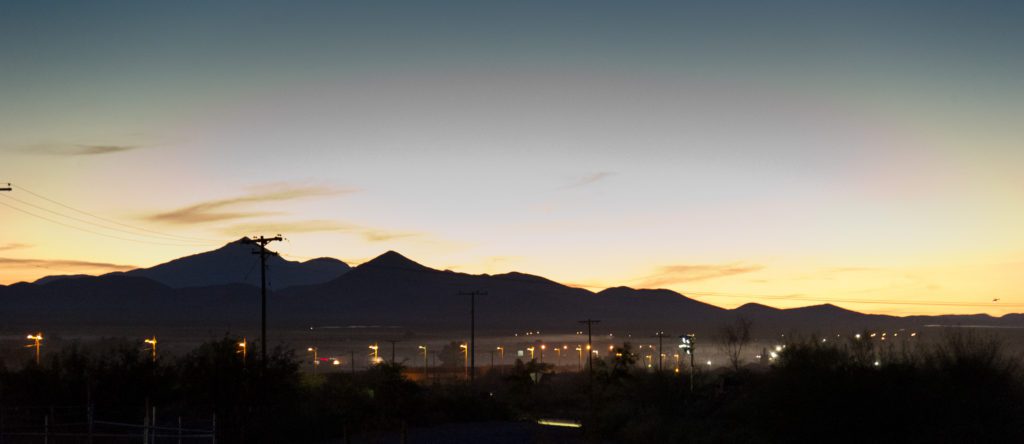
When you get back
Contact those who were interested in running your work. Maybe a quick photo as a teaser and then a short message you just returned. You will be getting your job to them by a specific time.
Some editors will have given you a deadline before you go. Always try to meet the deadline and exceed it and get the material to them before they ask for it.
Be sure to explain if the coverage had to change and why. If they have traveled at all, they will understand. They may not know if it is not at all along the lines of what you talked to them about, and in this case, it might not run in their media.
You can always go back to all those editors who turned you down, which I highly recommend, and let them see what you have. They may change their mind.

